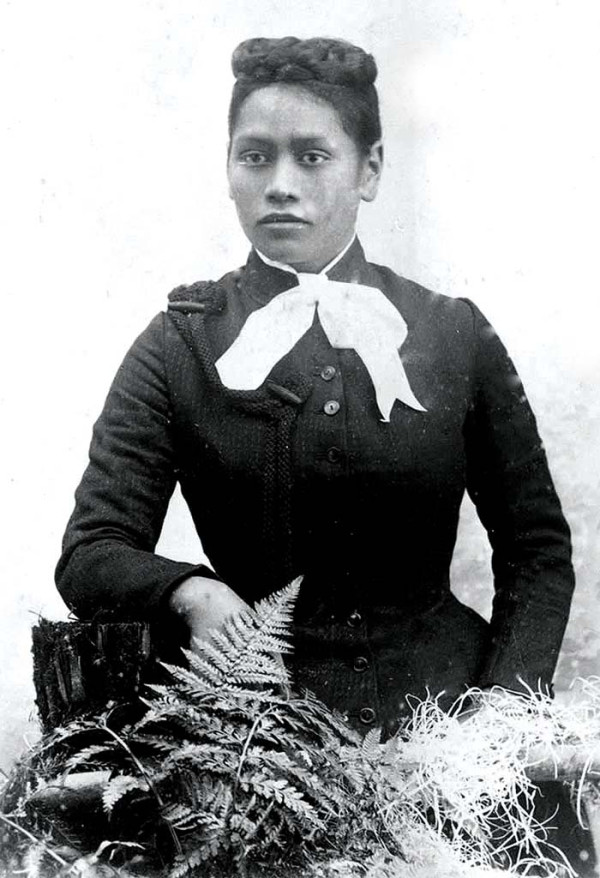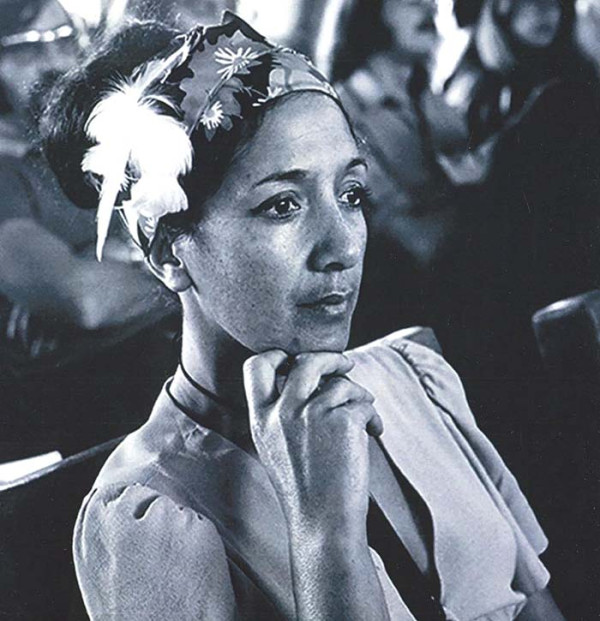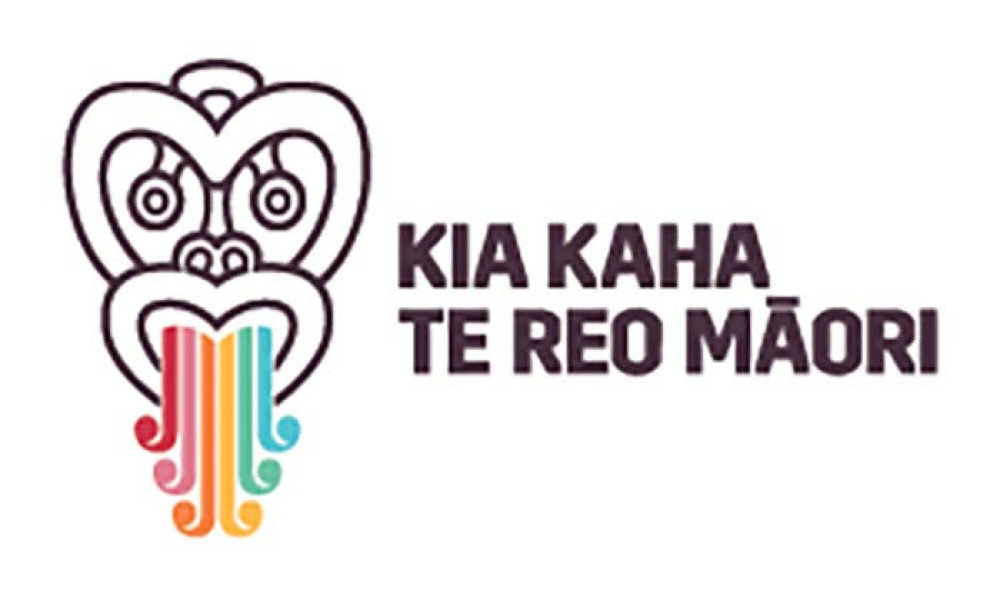Activists Meri Te Tai Mangakāhia, and Hana Te Hemara were the driving force behind the Māori language petition that led to the revitalisation of te reo in Aotearoa.
This article draws a link between those first pioneers and their work to restore te reo across Aotearoa, and ways that now links to the union movement itself.
 Meri Te Tai Mangakāhia
Meri Te Tai Mangakāhia
Many of us walk in the footsteps of wāhine toa who have paved the way for more than 100 years.
Meri Te Tai Mangakāhia was one of the first. Meri stood before Parliament in 1893 submitting a motion in favour of Māori women being allowed to vote for, and stand as, members of Parliament.
Pākehā suffragists were focused on moral reform and temperance (restriction of alcohol) along with the right to vote. Wāhine Māori, along with the right to vote, were also concerned about the overall wellbeing of Māori culture, the need to counter the effects of colonisation, and the lack of recognition of Māori women’s rights as the owners of land and resources.
In 1893 all New Zealand women, Māori and Pakeha, won the right to vote in general elections. It is not known how many Māori women signed the suffrage petition, but perhaps around 4000 of them voted in the 1893 election.
Mere is not mentioned that often on Suffrage Day or recognised alongside Kate Shepard, but we honour you Mere Te Tai Mangakāhia, e whakahonoretia ana koe e mātau i tēnei rā, ko Mere Te Tai Mangakāhia for your work in getting Māori women the right to vote.
Hana Te Hemara
 Fifty years ago, in wet and bitterly cold weather, Hana Te Hemara and an army of elders and activists marched on parliament to deliver the Māori language petition. The 1972 petition was signed by 33,000 Māori and Pākehā. It called for the introduction of Māori language and culture curriculum in schools nationwide.
Fifty years ago, in wet and bitterly cold weather, Hana Te Hemara and an army of elders and activists marched on parliament to deliver the Māori language petition. The 1972 petition was signed by 33,000 Māori and Pākehā. It called for the introduction of Māori language and culture curriculum in schools nationwide.
Delivered on September 14, this day was later to become Māori language day and subsequently the centrepiece of te wiki o te reo Māori.
We honour Hana E whakahonoretia ana koe e mātau i tēnei rā, Ko Hana Te Hemara.
Hana said “Aotearoa has changed because so many of us fought to change it.
“What’s good for Māori workers is good for all workers. If we sort out the social issues for our people, it will benefit all of Aotearoa. The struggle continues.”
Te Tiriti o Waitangi obligations are the foundation for achieving partnership, aspirations and equitable outcomes for whānau, hapu, Iwi.
For our Pasefika and ethnic whānau, partnership as intended by Te Tiriti promotes inclusive practice, a culture of equality, opportunity, and achievement for all people.
With the acknowledgement of the 50-year milestone we continue to work together. As Te Tiriti partners, we work to promote positive outcomes and measures for Māori, Pasefika, and all other ethnic groups.
As unionists, Kia Toipoto moves us into another critical phase. Bias, discrimination, and racism are major contributors to gender and ethnic pay gaps. It will require a strong commitment from us all to work collectively to identify, address and eliminate all barriers within our workplaces.
We can dream and imagine what our future could look like for women, wāhine Māori, Pasefika, and ethnic communities through the implementation of Kia Toipoto and Te Orowaru.
We’ve heard the karanga (the call), the voices and stories of women, wāhine toa and our tūpuna wāhine, it is now up to all of us to continue the work for an equitable Aotearoa.
For more on kia toipoto and te orowaru, read our ethnic pay gap story.
Kia kaha, Kia maia, Kia Manawanui. Te Hei Mauri ora!
